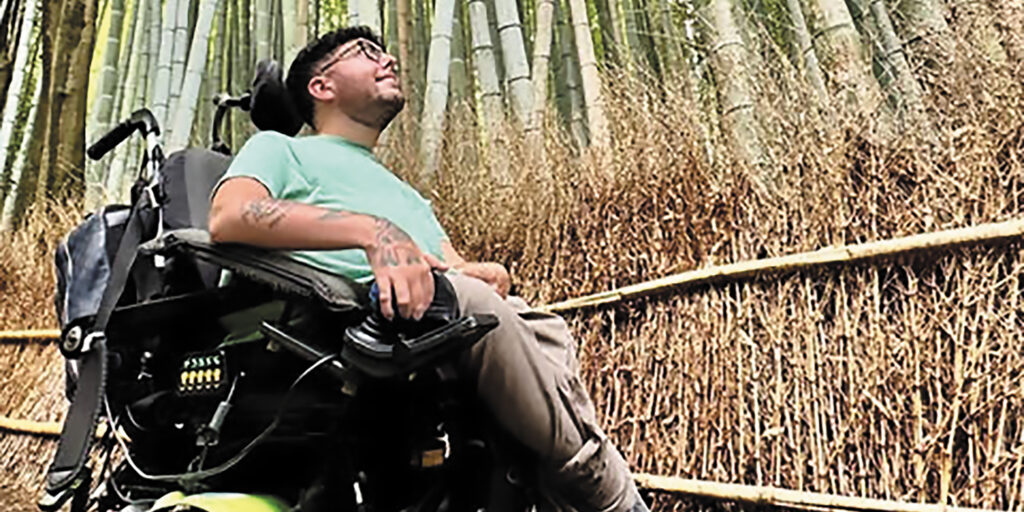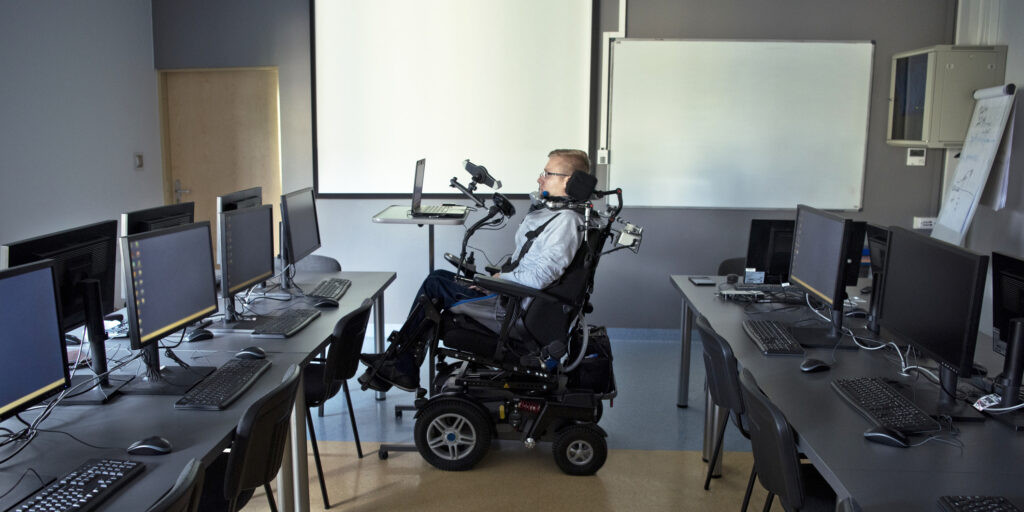
Accessible Travel on a Budget: Smart Tips for Exploring Affordably
By Emily Blume | Friday, May 23, 2025
Travel opens doors to new perspectives, cultures, and experiences. But for many, exploring the world can seem like an unattainable luxury — too expensive, too complicated, or simply inaccessible. The good news? Affordable and accessible travel is more possible than ever with the right planning and resources.
Whether you’re dreaming of a weekend getaway or a bucket-list adventure, this step-by-step guide will show you how to make travel work for your budget and needs.
Step 1: Planning
Travel blogger Cory Lee, who lives with spinal muscular atrophy (SMA), emphasizes the importance of planning ahead. This allows time to research accessibility options, secure the best deals, and avoid last-minute expenses.
Choosing a budget-friendly yet accessible destination is crucial. Large cities tend to have better accessibility but can be expensive. However, high-tourism areas often provide competitive pricing through promotions. Experienced travelers recommend Las Vegas in the United States, Prague and Budapest in Europe, and Hong Kong in Asia for their combination of accessibility and affordability.
For outdoor adventures, look at state parks, which generally charge low fees and have impressive accessible areas. For example, at First Landing State Park in Virginia Beach, the 8-foot-wide boardwalk trail, with handrails and edge barriers, takes nature lovers to Chesapeake Bay, where mats for wheelchairs stretch across the sand to the water’s edge.
Travel experts also recommend:
- Choosing destinations with accessible public transportation (some transit systems offer reduced fare for people with disabilities)
- Booking travel during off-season months for deep discounts
- Selecting international destinations with a favorable currency exchange rate
Step 2: Getting there
Airfare is a major expense. Sylvia Longmire of Spin the Globe, a website about accessible travel, recommends tracking prices through Skyscanner and setting fare alerts to catch price drops. While nonstop flights may seem more expensive upfront, they often reduce hidden costs, such as baggage fees, and reduce the risk of mobility devices being mishandled during plane transfers (Find more air travel advice in MDA Ambassadors Share Tips for Flying with Power Wheelchairs and Medical Equipment.)
Using credit card points or airline miles can significantly reduce travel costs. Cory has a credit card tied to Delta’s frequent-flyer program. “Every time I use my credit card, I’m earning SkyMiles, which leads to free flights,” he says.

Kristy Durso owns a travel agency specializing in accessible trips.
Packing wisely can help you avoid extra baggage fees. However, airlines cannot charge for medical equipment if you’re flying in the US. “As long as the flight departs from or lands in the US, these laws apply,” says Kristy Durso, owner of Incredible Memories Travel, a travel agency specializing in accessible trips. The only caveat is that medical bags cannot contain personal items.
Step 3: Lodging
Cory suggests picking a hotel chain and staying loyal to it. Reward points can add up to free stays and valuable perks, such as room upgrades or food and beverage credits.
Some hotels provide transportation to the airport or tourist spots. “If a hotel in the US offers a complimentary shuttle, wheelchair users also get a complimentary shuttle,” Kristy says. According to the Americans with Disabilities Act (ADA), if the shuttle isn’t accessible, the hotel must provide alternative transportation at no extra charge. Travelers can also explore accessible vacation rentals. Airbnb allows users to filter listings by accessibility features such as step-free entry and accessible bathrooms. Becoming rentABLE is a platform devoted to accessible short-term rentals.
Simplify travel
Cruises are a convenient option for wheelchair users. They visit multiple destinations while allowing travelers to return to the same accessible accommodations each night. Many cruise lines have accessible staterooms with grab bars, raised beds, shower seats, and wide doorways. (Read about one MDA Ambassador’s cruise experience in The Sailing of a Lifetime.)
“Cruising is one of my favorite ways to travel,” says Mindy Henderson, Vice President of Disability Outreach and Empowerment at MDA and Editor-in-Chief of Quest Media. “Cruise ships today are like giant cities on the ocean. Everything you need is on board, which cuts out the need for a lot of transportation.” Mindy, who lives with SMA, recommends calling the cruise line’s accessibility service office to request accommodations before a trip.
“If you book a cruise that starts and stops in the US, the ADA applies, and the accessible room cannot cost more,” Kristy adds.
Another cost-effective option is group travel. Cory collaborates with Wheel the World to organize fully accessible group trips, offering an affordable way to explore new destinations. “Group trips are great because they give you a chance to meet new people and make new friends,” Cory shares.
The world is waiting
Traveling with a disability and on a budget doesn’t mean sacrificing adventure. From budget-friendly destinations and group trips to accessible accommodations and smart transportation choices, there are countless ways to explore the world without breaking the bank.
Emily Blume is a freelance journalist living in Washington State.
Accessible Travel Resources
AbleVu.com — an online tool to find disability-friendly businesses and attractions.
BecomingRentABLE.com — a portal for booking accessible short-term rentals.
CurbFreeWithCoryLee.com — an accessible travel blog covering destinations worldwide.
IncredibleMemoriesTravel.com — a travel agency specializing in trips for those with disabilities and special diets.
KultureCity.org — helps make tourist destinations and venues sensory inclusive.
SpinTheGlobe.net — a travel blog focusing on wheelchair-accessible travel experiences.
WheeltheWorld.com — a booking portal, as well as a resource for information on accessible destinations.
WheelchairTravel.org — an accessible travel blog that also offers wheelchair-friendly group tours.
WheelchairTraveling.com — an online accessible travel guide covering destinations, adaptive adventures, and travel products.
Next Steps and Useful Resources
- Read about accessible parks, playgrounds, and recreation areas in Outdoor Recreation Opportunities for Everyone.
- Looking for summer fun? Use our guide to finding accessible beaches.
- Stay up-to-date on Quest content! Subscribe to Quest Magazine and Newsletter.
TAGS: Accessible Air Travel, Featured Content, Thrive 365, Travel
TYPE: Featured Article
Disclaimer: No content on this site should ever be used as a substitute for direct medical advice from your doctor or other qualified clinician.




